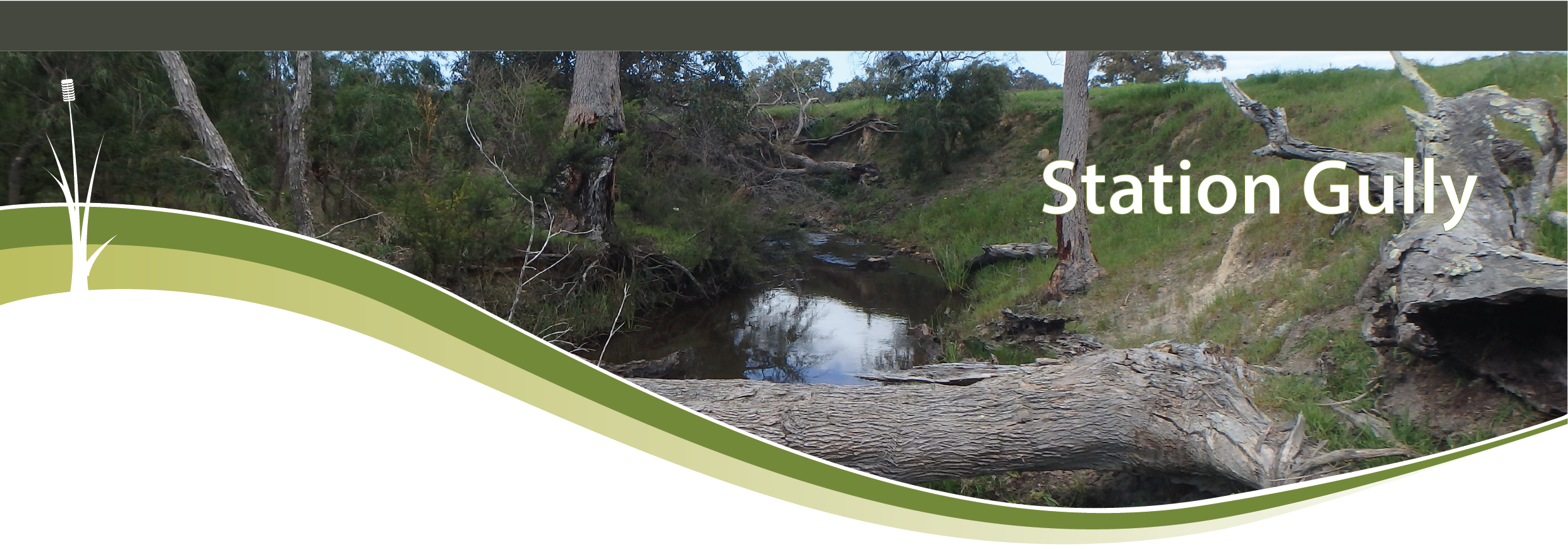
Station Gully
Basin : Busselton Coast
Catchment : Mary Brook - Station Gully
The condition of the Station Gully site (MB16STAT1) was assessed between 9 and 10 October 2017, over a 100-m length of stream. This site is situated in the lower catchment of the Station Gully, which converges with the Mary and Annie brooks before discharging to the Geographe Bay. Prior to modification, the system discharged directly to the Toby Inlet.
The assessment was conducted using standard methods from the South West Index of River Condition. Measures chosen for this assessment included fish and crayfish, macroinvertebrates, aquatic habitat, water quality (dissolved oxygen, temperature, electrical conductivity, and pH logged over 24h, and colour, alkalinity, turbidity and nutrients), fringing vegetation, channel morphology, erosion, connectivity, local land use and flow.
Condition summary
An online condition summary for this site has not been prepared. Please contact the Departments River Science team for site information, and see below for links to information on some of the species found at the site, and some images taken in 2017.
Fish and crayfish
Four fish species and one crayfish species were found at this site in 2017, including one exotic fish species.
A list of species is provided at the bottom of the page, click on the images to learn more about each species.
Note: only fish and crayfish are targeted by sampling methods, however where other species were caught and/or observed they are included below.